Photo

Margaret Tudor, oldest daughter of King Henry VII of England & Queen Elizabeth of York, in her coronation robes as Queen of Scots.
56 notes
·
View notes
Photo

Saint Margaret of Scotland
Queen of Scotland
Born c.1045 – died 1093
Claim to fame: despite challenging beginnings Margaret was known for her piety, kindness and influence on the religious identity of Scotland.
Margaret was an English princess and the sister of Edgar Ætheling, the last Anglo-Saxon claimant to the English throne.
Born in exile in Hungary, Margaret and her family returned to England in 1057 and later fled to Scotland following the Norman conquest of 1066. King Malcolm III of Scotland soon fell for Margaret and they were married, her continental upbringing greatly influencing many facets of the Scottish court. The couple had eight children including three kings of Scotland and of a queen consort of England.
Margaret is known for instigating religious reform to make the ‘idiosyncratic’ practices of celtic Christianity conform to those of Rome. She also attended to many charitable works, serving orphans and the poor daily and interceding on behalf of English exiles forced into serfdom by the conquest. Her hagiography describes her a pious, erudite and noble woman that had a civilising influence on her adoring husband and children and thus over all of Scotland.
Margaret’s constant fasting and austerity had rendered her very ill by 1093. Though she was not yet fifty, she died just days after learning that her husband and eldest son had been killed in battle.
Margaret was canonised in 1250 and later declared Patroness of Scotland. In 1566 Mary Queen of Scots had her head brought to Edinburgh Castle to assist her in childbirth. The skull and other relics were lost after the Scottish Reformation.
Sources: 1. 2. 3. 4. 5.
97 notes
·
View notes
Photo



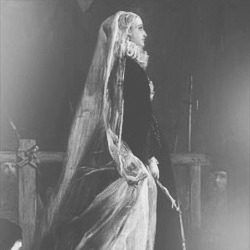
Execution of Mary Stuart Queen of Scots - 8 February 1587
“In London, pealing church bells and blazing bonfires and wild demonstrations of joy in the streets while a haggard-eyed queen cursed Burghley, heaped obloquy on Davison and cried out that Marie had been executed against her will.
In Scotland, furious raids across the Border into England by nobles half-mad with grief while a young king ‘moved never his countenance at the rehearsal of his mother’s execution nor leaves not his pastime and hunting more than before.’
In Paris, deepest sorrow and chanting priests in the Cathedral of Notre Dame and sulphurous threats from Henri III as he refused audience to the English ambassador and arrested the couriers and despatches of Elizabeth at Dieppe and commanded an embargo on all English vessels in French ports. In Spain, renewed activity as the spider of the Escurial gathered his fighting men and his high-powered galleons and his stores of cannon for the great blow intended to destroy Protestant England.
In Fotheringhay, “a dust-covered canopy of state lying neglected in a storeroom and upon its front in letters of fading gold : En ma fin est mon commencement.”
175 notes
·
View notes
Text
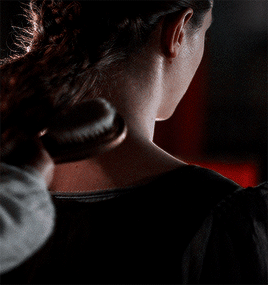
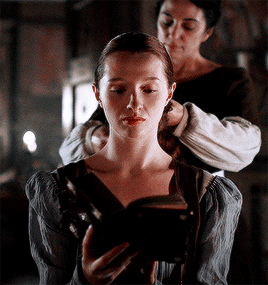


✧ The neglected Margaret of Scotland, Dauphine of France tried to centre her thoughts upon her own interests. She loved poetry above all things and gathered round her several women who occupied themselves with literary composition. (…) Alas, the French Court lacked the simplicity and purity which ought ever to surround a woman of Margaret's idealistic nature. Her love of the beautiful and unusual was to lead her into difficulties and suffering. She liked to sit evening after evening with the young courtiers and her maidens, reciting verse and singing love-songs, trying to keep out of her life the sordid ambitions and ugly intrigue which played a large part in the doings of others, and to bring into it some of the artistic atmosphere and culture she found congenial. – The Dauphines of France by Frank Hamel
#historyedit#p: margaret dauphine of france#margaret of scotland#margaret dauphine of france#margaret of scotland dauphine of france#margaret stewart#scottish history#french history#princesses#medieval history#15th century#house of stewart#kingdom of scotland#gifs#ours
184 notes
·
View notes
Photo
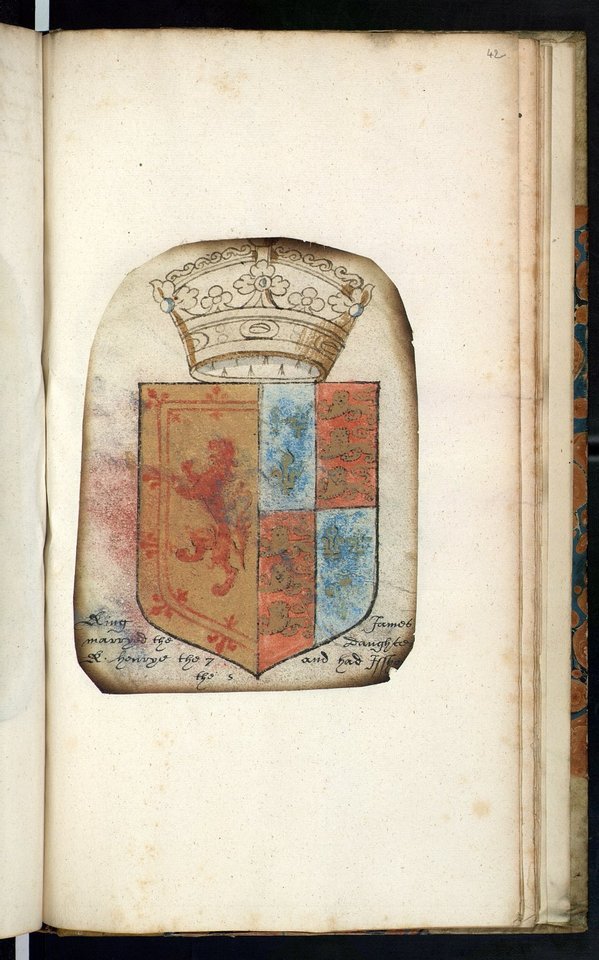
“Coat of arms of King James IV of Scotland, married to Margaret Tudor, daughter of Henry VII of England: Scotland impaling: Quarterly: 1st and 4th Azure, three fleurs-de-lis Or (France) 2nd and 3rd Gules, three lions passant guardant Or (England). The manuscript has been partially destroyed by fire.”
Source: http://johannes.library.manchester.ac.uk:8181/luna/servlet/detail/Manchester~91~1~54209~102837:King-James-IV-of-Scotland-coat-of-a#
30 notes
·
View notes
Quote
While the queen, lying as in an agony, was thought by those present to be dead, she suddenly rallied her strength and addressed her son. She questioned him about his father and brother; but he would not tell her the truth, lest hearing of their death she too should instantly die: so he answered that they were well. But she sighed deeply, and said, ‘I know my son, I know. I adjure thee by this holy cross, by the nearness of our relationship to speak out what thou knowest to be true.’ He was compelled to disclose the matter as it had occurred.
Turgot’s ‘Life of Queen Margaret’, (as in A. O. Anderson’s ‘Early Sources of Scottish History’) written at the request of Saint Margaret’s daughter, Queen Matilda, wife of Henry I of England, so naturally some bits are embellished. The son mentioned is apparently Margaret’s fourth, Edgar, who later became king of Scots. (via morgauseoforkney)
64 notes
·
View notes
Photo
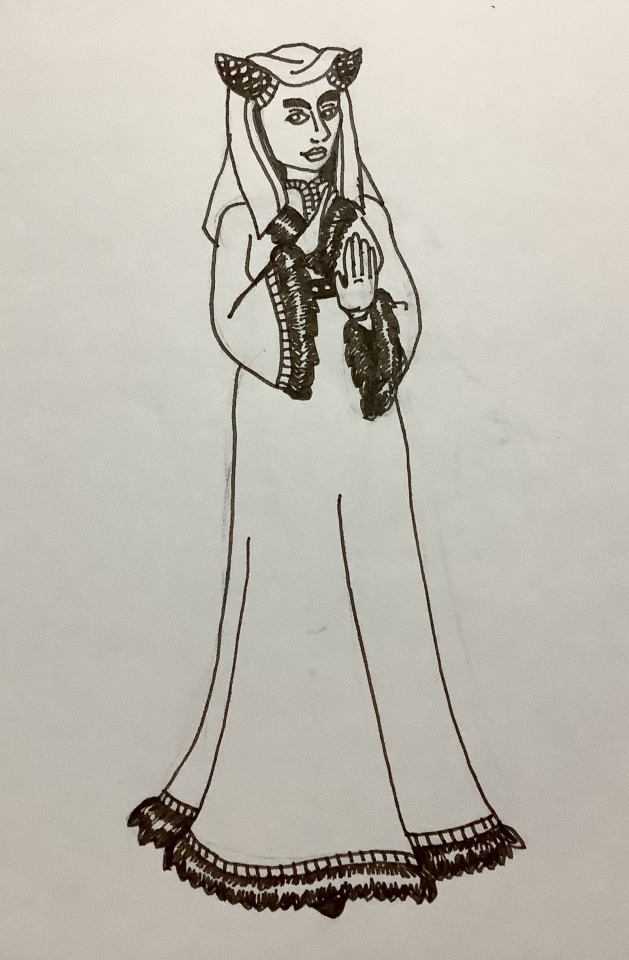
Day 18 brings us Joan, Countess of Morton.
Joan was the daughter of James I, King of Scots (not to be confused with James I and VI) and his wife, Joan Beaufort. Joan was deaf and mute, but communicated with her family and the court through a form of sign language.
After the death of her older sister, Margaret, Joan was sent to France to marry Margaret’s widower, Dauphin Louis, but he rejected her, both because of her disability and because he had hated his first wife and resented being saddled with another Scottish princess. Joan returned (likely with some relief) to Scotland, where she married James Douglas, created Earl of Morton by her now-ruling brother.
This was a much happier marriage. The couple had four children, and died within months of each other, buried in the same tomb.
(The particular sign language Joan used is lost (and may well have been specific to her) and for obvious reasons I didn’t want to have her using ASL (what little of it I know) so she’s not saying anything specific here, at least not on purpose)
#p: joan countess of morton#princesses#house of stewart#15th century#medieval history#reblogs#artwork#text
52 notes
·
View notes
Text
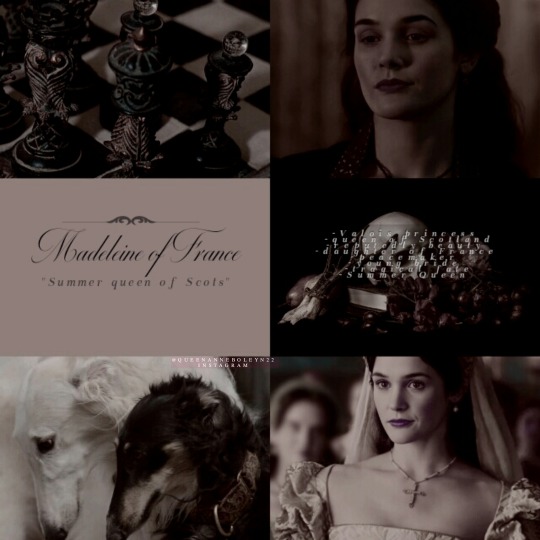
Madeleine of Valois was a French Princess who married James V King of Scots (The Scottish King had the title King of Scots rather than King of Scotland). The marriage was part of the Treaty of Rouen between Scotland and France. As part of that Treaty, James was promised the hand in marriage of a French Princess. Initially, James was contracted to marry another member of the French Royal Family. However, she didn’t appeal to him, and when he arrived at the French court, he wanted only Madeleine and the French King was convinced to allow their marriage to go ahead. Due to Madeleine’s poor health, the marriage would be a short one. She died only six months on from their wedding day. Because of her short time spent as Consort, she received the nickname the ‘Summer Queen of Scots’.
Madeleine was born in Saint-Germaine-en-Laye west of Paris on the 10 August 1520. She was the 5th child of Francis I, King of France and Claude Duchess of Brittany. Her health was fragile, and for that reason, the decision was made to raise her in the Loire Valley where the climate was more warm and temperate. Her mother died when she was three-years-old, and she was raised by her aunt, Marguerite of Navarre, until the remarriage of her father to Eleanor of Austria who accepted Madeleine into her household. By the time she was 16, Madeleine had developed Tuberculosis, the disease which probably took her mother’s life.
In 1517, three years before Madeleine’s birth, the Treaty of Rouen was signed between France and Scotland. It was a treaty of mutual assistance if the English attacked either country. As part of that Treaty, the French King promised marriage between the Scottish King and one of his daughters. As King James V was only a five year old at the time of the Treaty the negotiations on the marriage did not begin until 1530. Madeleine was then the eldest living daughter. However, King Francis was concerned because of her fragile health she would not survive the harsh Scottish weather and it’s sometimes violent political climate. So he proposed an alternative bride from his extended family Marie of Bourbon who he would regard as a daughter and provide a dowry. In 1536 King James V travelled to France to meet his prospective bride, however on meeting Marie he was not impressed by her. He travelled to the French court, met Madeleine, and the two of them fell in love. They both persuaded King Francis to agree to the marriage which he eventually did. James and Madeleine were married in Notre Dame Cathedral in Paris on 1 January 1537. King Francis provided a very generous dowry which greatly bolstered the Scottish Treasury.
The wedding was followed by four months of festivities. It felt appropriate due to Madeleine’s health to delay their journey to Scotland until the Spring. They departed France in a fleet of 10 ships and arrived in Leith on 19 May 1537. Madeleine kissed the earth when she arrived in her husband’s kingdom. In preparation for her arrival, James ordered improvements to Falkland Palace and the Chapel Royal. He was also in the process of building new tennis courts and had added a tower built in a French style to Holyrood Palace. A coronation was also planned for Madeleine. However, her health suddenly deteriorated, and she died in the arms of James on 7 July 1537. She was a month short of her 17th birthday. She was buried with great pomp and ceremony in the Royal Chapel of Holyrood Abbey. A year later James married again to Marie of Guise the widowed Duchess of Longueville and a good friend of Madeleine. He would only outlive Madeleine by five years dying in 1542 age 30. Having already lost two infant sons, he left a six day old daughter to succeed to the Scottish throne. Her name would become well known to history, Mary Queen of Scots, but that is another story. James was buried beside his Summer Queen in Holyrood Abbey.
Source:https://royalcentral.co.uk/features/history-blogs
#qc: madeleine of valois#queen consorts#house of stewart#16th century#k: james v#french history#reblogs#text#edits
91 notes
·
View notes
Photo

Princess Elizabeth Stuart (1596–1662), Queen of Bohemia, the ‘Winter Queen’
Gerrit van Honthorst (c.1590–1592–1656)
National Trust, Hatchlands
162 notes
·
View notes
Photo

Necklace from a part of a collar said to have been given by Mary Queen of Scots to Mary Seton
National Museum of Scotland, Edinburgh
328 notes
·
View notes
Photo
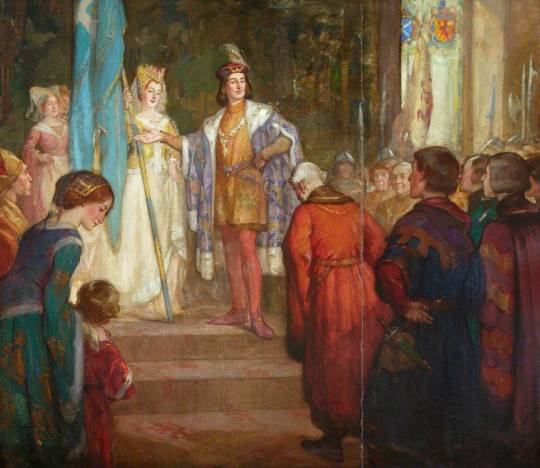
’The Presentation by King James III and Queen Margaret of the Banner Known as the Blue Blanket to the Craftsmen in the Year 1482’, 1912
Robert Hope (1869-1936)
City Art Centre, Edinburgh
38 notes
·
View notes
Photo

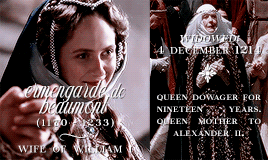



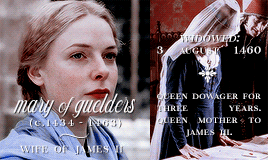

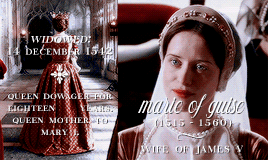
♕ Queens Dowager of Scotland (1093-1560)
#historyedit#royaltyedit#history#house of dunkeld#house of stewart#scottish history#kingdom of scotland#qc: margaret of wessex#qc: ermengarde de beaumont#qc: marie of coucy#qc: yolande de dreux#qc: joan beaufort#qc: mary of guelders#qc: margaret tudor#qc: marie of guise#perioddramaedit#ours
170 notes
·
View notes
Photo

The Princess of Orange Visiting the Work-shop of Bartholomeus van der Helst, Museum of the Netherlands
Mary Stuart, the widow of Stadtholder William II, looks at her portrait in the workshop of the 17th-century painter Van der Helst. In the background is his unfinished monumental painting Banquet of the Civic Guard, in which the militiamen celebrate the end of the Eighty Years’ War. For his likeness of the princess, Scholten relied on an existing portrait, also by Van der Helst. Scholten thus demonstrated his knowledge of both 17th-century Dutch painting and national history.
http://hdl.handle.net/10934/RM0001.COLLECT.5417
45 notes
·
View notes
Text
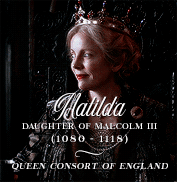





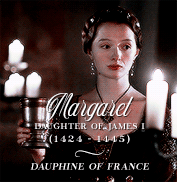
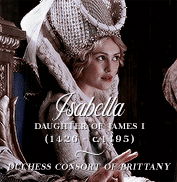



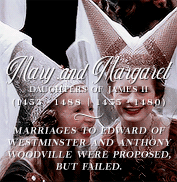





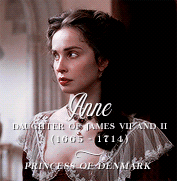
Princesses of Scotland + foreign marriages
#historyedit#perioddramaedit#history#scottish history#british history#kingdom of scotland#house of dunkeld#house of stewart#house of stuart#princesses#ours#gifs
270 notes
·
View notes
Photo



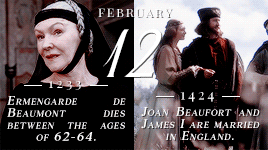
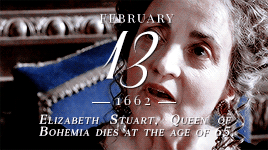
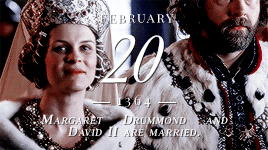

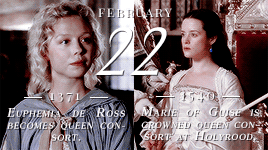

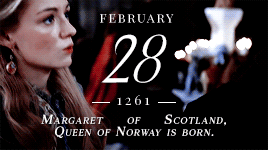
Scotland’s Ladies Month in History ✧ FEBRUARY
#history#historyedit#on this day in history#monthinhistory#scottish history#british history#kingdom of scotland#medieval history#women in history#house of stewart#house of stuart#house of dunkeld#house of bruce#queen consorts#queens regant#ours#gifs
130 notes
·
View notes
Text
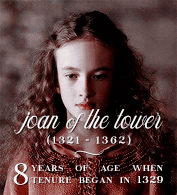


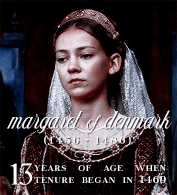
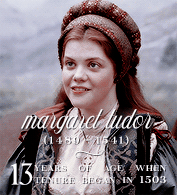

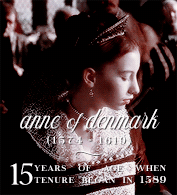
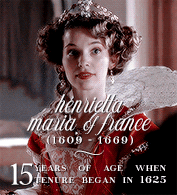
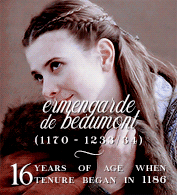

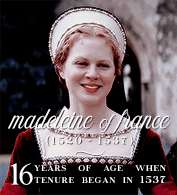

♕ Youngest Queen Consorts (at beginning of tenure)
#historyedit#history#scottish history#kingdom of scotland#house of stewart#house of dunkeld#house of bruce#qc: joan of the tower#qc: joan of england#qc: margaret of england#qc: margaret of denmark#qc: margaret tudor#qc: sybilla of normandy#qc: anne of denmark#qc: henrietta maria of france#qc: ermengarde de beaumont#qc: mary of guelders#qc: madeleine of valois#qc: elizabeth de burgh#ours
318 notes
·
View notes
Text
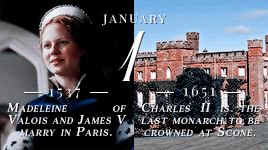
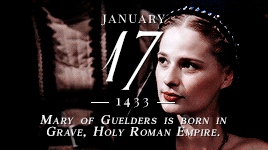
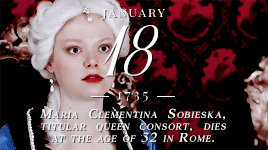
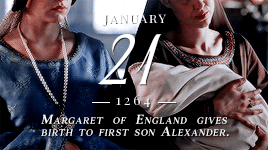


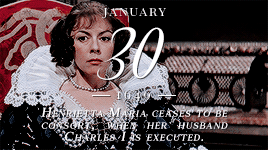

Scotland’s Ladies Month in History ✧ JANUARY
#history#historyedit#on this day in history#scottish history#british history#medieval history#kingdom of scotland#women in history#house of stewart#house of stuart#house of dunkeld#queen consorts#queens regnant#ours#monthinhistory#gifs
136 notes
·
View notes